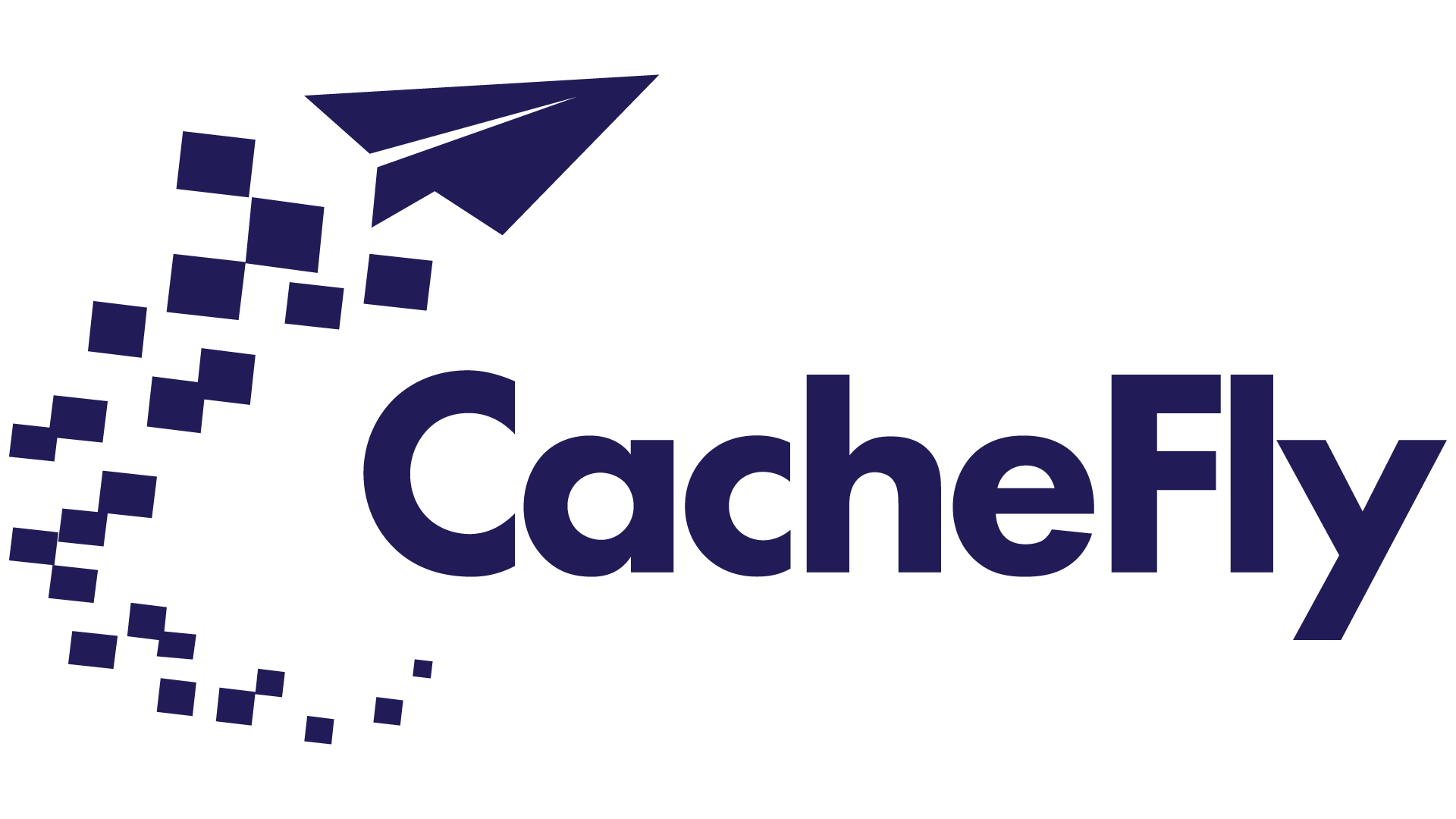
A Comprehensive Guide to Measuring and Analyzing Throughput Effectively
Post Author:
CacheFly Team
Categories:
Date Posted:
November 22, 2024
Key Takeaways
- Understanding the common Content Delivery Network (CDN) performance problems is the initial step to effective throughput measurement and analysis.
- CDN performance problems can range from latency issues, cache misses, content delivery failures, to inadequate hardware resources.
- Recognizing these common CDN performance issues is crucial to maintaining a high-performing website or application.
- Proper strategies and advanced techniques can help in diagnosing and fixing these problems, thereby unlocking efficiency in your CDN.
When it comes to delivering content fast and reliably to users across the globe, a CDN plays a pivotal role. However, getting the best performance out of a CDN is not a set-it-and-forget-it task. It requires continuous monitoring, analysis, and optimization. But where should you start? Well, the first step to optimizing CDN performance and effectively measuring and analyzing throughput is understanding the common CDN performance problems. Let’s dive into that.
Understanding Common CDN Performance Problems
When it comes to CDN performance, there are a few common problems you might encounter:
1. Latency: This is the time it takes for data to travel from the CDN server to the end-user’s device. High latency can lead to slow page load times and a poor user experience. Factors like network congestion, distance between the user and the CDN server, and inefficient routing can contribute to latency issues.
2. Cache Misses: This happens when the requested content is not found in the CDN’s cache, which leads to a cache miss. As a result, the CDN has to fetch the content from the origin server, which increases the response time. Frequent cache misses can overload the origin server and degrade performance. Proper cache configuration and efficient cache invalidation mechanisms are crucial to minimize cache misses.
3. Content Delivery Failures: These are intermittent or persistent failures that prevent end-users from accessing the desired content. Such failures can be caused by issues such as origin server downtime, misconfigured CDN settings, or network connectivity problems. Monitoring CDN logs and setting up alerts for delivery failures is essential for prompt issue resolution.
4. Inadequate Hardware Resources: CDN servers might lack sufficient CPU, memory, or disk I/O resources to handle the incoming traffic efficiently. This can lead to slower response times and reduced throughput. Regular monitoring of server resource utilization and scaling the infrastructure based on traffic demands is necessary to ensure optimal performance.
Effective Strategies for Measuring CDN Throughput
Now that we have an understanding of common CDN performance problems, let’s move on to the next crucial step: measuring and analyzing throughput effectively. Here are some strategies you can use:
1. Utilize Real-time Monitoring Tools
Real-time monitoring tools provide instant visibility into CDN performance. They track crucial metrics such as response times, cache hit ratios, and error rates. By doing this, they alert you to performance degradation as it happens, allowing for quick identification and resolution of issues. Real-time monitoring is about being proactive rather than reactive. It enables you to stay ahead of potential issues, ensuring your CDN maintains top-notch performance.
2. Test CDN Performance from Different Locations
Another essential strategy is conducting performance tests from various geographic regions. This can help identify any location-specific issues that could be hampering your CDN’s performance. Tools like Cedexis Radar, Catchpoint, or Keynote can assess CDN performance from different locations worldwide. By identifying regional performance bottlenecks, you can ensure a consistent user experience across different geographies, which is crucial in today’s global digital landscape.
3. Perform Load Testing
Load testing is a valuable tool in your arsenal for measuring and analyzing throughput effectively. It involves evaluating your CDN’s ability to handle high traffic volumes and sudden spikes in demand. Tools such as LoadRunner, Silk Performer, or Loader.io can generate realistic traffic patterns to test the scalability of your CDN infrastructure. By gradually increasing the load, you can identify the breaking point and assess how your CDN performs under stress. This information is vital in maintaining reliable and fast content delivery, especially during peak traffic periods.
4. Monitor Trips to the Origin Server
Finally, another effective strategy is to monitor the number of requests that are served directly from the CDN cache and those that require fetching content from the origin server. A high number of trips to the origin server could indicate inefficient caching or frequent cache misses. By optimizing caching policies, TTLs, and cache control headers, you can minimize trips to the origin server and improve overall CDN performance. This, in turn, can significantly enhance the user experience by reducing latency and improving content delivery speeds.
Implementing these strategies will put you on the path towards measuring and analyzing CDN throughput effectively. Remember, constant monitoring and frequent testing are key to unlocking the full potential of your CDN.
Advanced Techniques for CDN Throughput Analysis
Now that we’ve covered the basics of measuring and analyzing throughput, let’s delve deeper into some advanced techniques that can help optimize CDN performance.
1. Geolocation Testing
How well does your CDN route traffic based on the user’s location? Geolocation testing can provide the answer. Tools like GeoPerf or Akamai’s Terra can test response times and throughput from various geographic regions. This testing is invaluable for identifying any location-specific latency issues. With this information, you can optimize your CDN configuration to ensure that users worldwide receive the best possible experience.
2. Analyze TCP Statistics
Next on the list of advanced techniques is TCP statistics analysis. Monitoring these metrics can help identify performance bottlenecks in your CDN. Tools like the one presented in this research paper can provide insights into TCP connection establishment, data transfer, and connection termination. This granular level of detail can be used to fine-tune CDN settings and improve overall throughput, enhancing your ability to deliver content swiftly and seamlessly.
3. Conduct Detailed Log Analysis
Diving deep into CDN logs can help you diagnose and fix performance problems. A detailed log analysis can reveal the root cause of issues like slow response times, high error rates, or frequent cache misses. Harnessing log aggregation and analysis tools can provide actionable insights, allowing you to optimize your CDN configuration based on your findings. This, in turn, streamlines your content delivery, ensuring your users enjoy a smooth and uninterrupted experience.
4. Implement a Multi-CDN Approach
Finally, consider implementing a multi-CDN approach to enhance performance and reliability. Distributing traffic across different CDNs based on factors like geographic location, content type, or performance metrics ensures optimal content delivery. By implementing intelligent traffic routing mechanisms, you direct users to the best-performing CDN for their specific request. This strategy not only improves user experience but also provides a backup plan in case one CDN encounters issues—ensuring your content delivery never skips a beat.
By utilizing these advanced techniques, you can take your CDN performance to the next level. Remember, the key to success lies in continuous analysis and optimization—because in the world of content delivery, every second counts.
Evaluating CDN Impact and Driving Continuous Optimization
1. Conduct Thorough CDN Testing
How do you know your CDN is making a positive impact on your website’s performance? The answer is comprehensive testing. Test your website with and without the CDN enabled to measure improvements in response times, throughput, and overall user experience. Tools like WebPageTest or Pingdom offer an effective way to assess the performance gains achieved by implementing your CDN. This step is critical in measuring and analyzing throughput effectively and gauging the real value your CDN brings to your content delivery processes.
2. Monitor CDN Logs for Traffic Spikes
Unexpected traffic spikes can cause significant disruption if your CDN isn’t prepared to handle them. Regularly analyze your CDN logs to track sudden increases in traffic to your servers. Use filtering and grouping based on timestamps to identify traffic patterns and potential performance bottlenecks. Armed with this information, you can proactively scale your CDN infrastructure, ensuring smooth content delivery during peak traffic periods—a key to maintaining user satisfaction and engagement.
3. Continuously Optimize CDN Configuration
Optimization isn’t a one-and-done task; it requires regular attention and adjustment. Review and optimize your CDN settings based on performance data and user feedback. Fine-tune caching policies, experiment with different compression algorithms, and leverage advanced features like edge computing or dynamic content acceleration. Staying up-to-date with the latest CDN best practices and technologies ensures optimal performance, keeping your content delivery process lean, mean, and effective.
4. Measure and Compare CDN Performance
Lastly, to ensure you’re getting the most out of your CDN, regularly measure and benchmark its performance against industry standards and competitor websites. Third-party benchmarking tools can assess CDN performance from various global locations. Compare the results with your performance goals and use these insights to make data-driven decisions for continuous CDN strategy optimization.
In short, an effective CDN can significantly enhance your website’s performance, but the key lies in regular measurement, analysis, and optimization. Have you evaluated your CDN’s impact recently? Are you optimizing your CDN configuration continuously? Remember, in the fast-paced world of digital content delivery, there’s always room for improvement.
About CacheFly
Beat your competition with faster content delivery, anywhere in the world! CacheFly provides reliable CDN solutions, fully tailored to your business.
Want to talk further about our services? We promise, we’re human. Reach us here.
Product Updates
Explore our latest updates and enhancements for an unmatched CDN experience.
CacheFly in the News
Learn About
Work at CacheFly
We’re positioned to scale and want to work with people who are excited about making the internet run faster and reach farther. Ready for your next big adventure?




